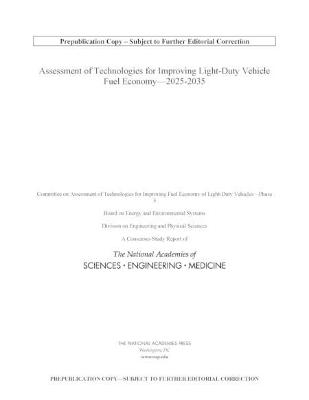From daily commutes to cross-country road trips, millions of light-duty vehicles are on the road every day. The transportation sector is one of the United States? largest sources of greenhouse gas emissions, and fuel is an important cost for drivers. The period from 2025-2035 could bring the most fundamental transformation in the 100-plus year history of the automobile. Battery electric vehicle costs are likely to fall and reach parity with internal combustion engine vehicles. New generations of fuel cell vehicles will be produced. Connected and automated vehicle technologies will become more common, including likely deployment of some fully automated vehicles. These new categories of vehicles will for the first time assume a major portion of new vehicle sales, while internal combustion engine vehicles with improved powertrain, design, and aerodynamics will continue to be an important part of new vehicle sales and fuel economy improvement.
This study is a technical evaluation of the potential for internal combustion engine, hybrid, battery electric, fuel cell, nonpowertrain, and connected and automated vehicle technologies to contribute to efficiency in 2025-2035. In addition to making findings and recommendations related to technology cost and capabilities, Assessment of Technologies for Improving Light-Duty Vehicle Fuel Economy - 2025-2035 considers the impacts of changes in consumer behavior and regulatory regimes.
- ISBN10 0309371228
- ISBN13 9780309371223
- Publish Date 28 January 2022
- Publish Status Active
- Publish Country US
- Imprint National Academies Press
- Format Paperback
- Pages 468
- Language English
